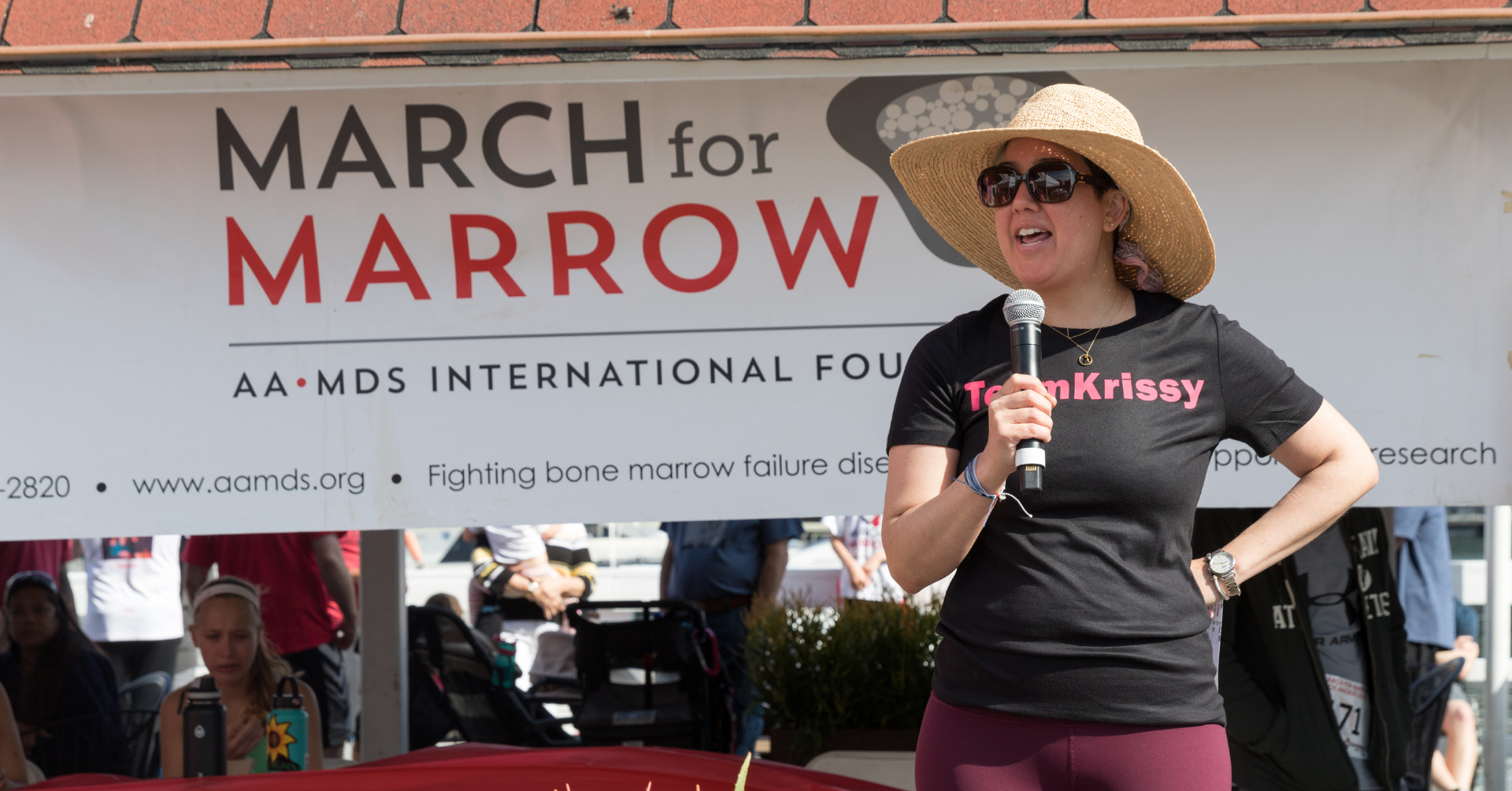We were saddened to learn of the death of noted author and filmmaker, Nora Ephron, after a six year battle with myelodysplastic syndromes (MDS), and we offer our condolences to her family and friends.
Various news reports have listed the cause of Ms. Ephron’s death as MDS, leukemia, or pneumonia. To clarify, in some cases MDS progresses from lower- risk to higher-risk as blasts (immature white blood cells) increase in the bone marrow. When the percentage of blasts reaches 20% or more, the patient is diagnosed as having acute myeloid leukemia (AML), a cancer of the white blood cells. This transformation from MDS to AML occurs in between 15% and 40% of patients with higher-risk MDS. Treatments for higher-risk MDS patients include hypomethylating drugs, low dose chemotherapy, high dose chemotherapy medicines similar to those used to treat AML, and sometimes experimental drugs or drug combinations on clinical trials.
Learn more about different types or classifications of MDS and treatments.
It appears that the type of MDS that Ms. Ephron had was different from the diagnosis Ms. Robin Roberts announced recently of therapy-related MDS, resulting from her previous treatment for breast cancer.
MDS is a complicated group of disorders and not a single disease.

